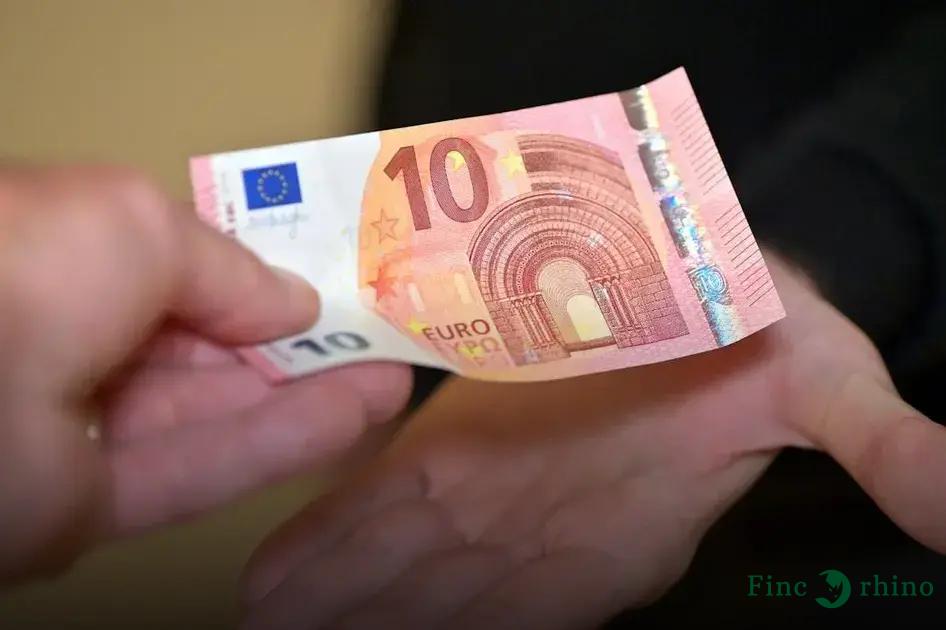As interest in NFTs and digital assets continues to grow, many investors are questioning their ongoing value. This article explores whether investing in these digital commodities is still a profitable venture. We’ll discuss market trends, potential risks, and expert insights to help guide your investment decisions. The subsections cover everything from understanding the basic concept of NFTs to evaluating future trends.
Understanding NFTs and Their Market Value
Non-fungible tokens, or NFTs, have shifted from being a niche curiosity to a significant player in the digital economy. Unlike cryptocurrencies such as Bitcoin or Ethereum, NFTs represent ownership of a unique item or piece of content on the blockchain. The rise in popularity of NFTs can be largely attributed to their ability to tokenize art and collectibles, granting creators a way to authenticate and sell their digital work.
Market value of NFTs is largely determined by rarity and demand, much like traditional art markets. For example, if an artist or a particular collection gains fame, their NFTs can become highly sought after. This has led to instances where NFTs are sold for millions, echoing the financial dynamics of traditional art sales. However, values can be volatile, driven by trends and media coverage.
NFTs have also expanded beyond art. They are creating new opportunities in virtual real estate, gaming, and even music rights. As the market evolves, understanding the intrinsic and market-driven value of these tokens becomes critical for both creators and investors. This understanding helps navigate the burgeoning marketplace, ensuring informed decisions are made when buying or investing in NFTs.
The Evolution of Digital Assets in 2023
The digital assets landscape in 2023 is witnessing significant transformations, spurred by technological advancements and market dynamics. With the integration of blockchain technology and broader acceptance of cryptocurrencies, digital assets are no longer confined to niche sectors. Mainstream adoption has paved the way for diversified asset classes, including tokenized physical assets and decentralized finance (DeFi) platforms.
Furthermore, NFTs have become an integral part of this evolution. Initially celebrated for their association with digital art, NFTs now symbolize a broader spectrum of digital ownership. There’s an increase in NFTs representing real estate, intellectual property, and even experiences, showcasing their expanding utility and versatility.
The regulatory landscape is also adapting to these changes. Governments and institutions worldwide are recognizing the need to establish frameworks that ensure security while promoting innovation. This has led to more robust guidelines, encouraging safe investment practices and protecting consumers from volatility.
Amid these developments, the user experience is becoming a key focus area. Platforms are prioritizing user-friendly interfaces and intuitive designs to enhance accessibility. As a result, people with little to no technical backgrounds find it easier to engage with digital assets.
Risks and Rewards: Is It Worth the Gamble?
When assessing whether NFTs and digital assets are worth the gamble, it’s important to weigh both the potential risks and rewards involved. On one hand, NFTs offer a unique way to own digital property, granting authenticity and scarcity to digital art, music, and other forms of media. This can lead to substantial profits for some investors, especially as the popularity and demand for certain NFTs grow.
However, the unpredictability of the NFT market is a significant risk. Prices can fluctuate wildly, influenced by trends, technology changes, and even social media. An NFT purchased at a high price might lose its value just as quickly as it gained. This volatility makes the market risky and speculative.
Additionally, concerns around digital security and ownership rights pose further challenges. Blockchain technology, while revolutionary, is not immune to hacking or fraud. With such high stakes, it’s crucial for potential investors to conduct thorough research and consider their risk tolerance.
Understanding these dynamics is essential for anyone looking to venture into the world of NFTs. While the potential for high returns exists, so does the possibility of significant losses. Whether it’s worth the gamble depends on individual perspectives and how much risk you are willing to endure for potential rewards.
Expert Opinions on NFTs Investment
In evaluating NFTs, experts highlight both potential and risk. Some argue these digital assets hold value due to their uniqueness and ownership verification through blockchain technology. Experts observe evolving NFT marketplaces, which offer increasing opportunities for artists and investors alike.
However, the market’s volatility is a major concern. As an asset class, it remains subject to high emotional reaction from investors, leading to rapid changes in value. Financial advisors suggest approaching NFT investments with caution and research.
Long-term Prospects
While some experts maintain a bullish stance on NFTs, citing innovation and potential applications beyond art—such as virtual real estate—others urge a realistic view, recognizing that many factors, like regulatory changes, could influence the market.
Therefore, investors are encouraged to diversify their portfolios and consider expert opinions carefully, balancing enthusiasm with rational financial planning.
Future Trends: What to Expect from NFTs
NFTs, or Non-Fungible Tokens, have rapidly transformed the digital landscape. As we look to the future, the trends in NFTs will shape the realm of digital ownership and transactions. Significant advancements can be expected in terms of interoperability, allowing NFTs to function seamlessly across various platforms, enhancing user experience and asset utility.
The rise of environmental concerns in blockchain technologies is a driving force for change. Innovators are exploring sustainable alternatives to the energy-intensive processes traditionally associated with NFT transactions. This shift not only benefits the planet but also garners favor from environmentally-conscious investors and creators.
Another trend to watch is the tokenization of tangible assets. This involves tying digital NFTs to real-world objects, effectively bridging the gap between the digital and physical domains. This could revolutionize sectors such as real estate, art, and merchandise by allowing fractional ownership models.
Moreover, the integration of NFTs into virtual reality and gaming environments continues to flourish. The immersive nature of these platforms makes them ideal for showcasing digital assets, offering new dimensions for user interaction and monetization.
Regulatory frameworks are expected to evolve significantly as governments worldwide catch up with NFT innovations. This will provide a legal backbone, enhancing investor confidence and clarifying the market landscape. The future of NFTs involves a blend of creativity, technology, and strategic regulation, making it a captivating area of growth and opportunity.
Alternatives to Investing in Digital Assets
For those hesitant about investing in digital assets like NFTs, there are several alternatives to consider that may offer more stability or different kinds of growth. These options can provide a balanced approach to diversify one’s investment portfolio.
1. Traditional Stock Market
Investing in stable and well-established companies can offer a more reliable return. The stock market allows you to buy equity shares in companies, giving you a part of their growth and profits.
2. Real Estate
Real estate remains a popular investment due to its potential for long-term appreciation and rental income. Real property can act as a hedge against inflation, providing both tangible and financial returns.
3. Mutual Funds
Mutual funds aggregate money from several investors to purchase a diversified portfolio of stocks and bonds. This offers risk diversification managed by professional fund managers.
4. Precious Metals
Investing in gold, silver, or other precious metals is a traditional way of preserving wealth. These metals are valued for their stability and have been a reliable store of value over centuries.
5. Peer-to-Peer Lending
Peer-to-peer lending platforms allow investors to lend money directly to individuals or businesses, receiving interest payments in return. This can offer above-average interest rates but carries higher risks.
6. Bonds
Bonds are essentially loans to governments or corporations and offer fixed interest. They are often seen as safer than stocks, providing steady income through interest payments.
By exploring these alternatives to digital assets, investors can achieve a diversified investment strategy that may balance risk and reward differently than the exciting but volatile world of NFTs.





